The early days of space exploration were filled with groundbreaking achievements, but they also revealed some surprising discoveries that changed our understanding of the universe. From unexpected challenges to fascinating insights, these moments shaped the future of space travel. Let’s take a closer look at some of the most surprising discoveries that emerged during humanity’s first ventures beyond Earth.
The Van Allen Radiation Belts
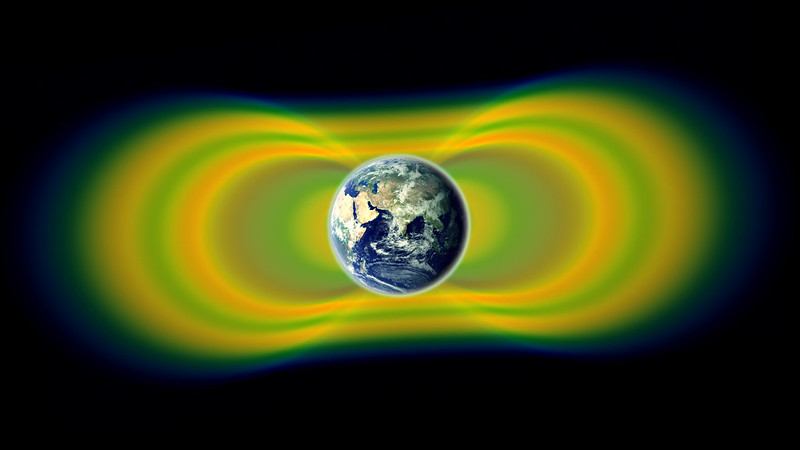
Early space missions revealed the existence of two large radiation belts surrounding Earth, now known as the Van Allen Belts. Detected by the Explorer 1 satellite in 1958, these belts are filled with charged particles trapped by Earth’s magnetic field. Their discovery was crucial in understanding the dangers of radiation to spacecraft and astronauts, influencing how future missions were planned.
Unexpected Micrometeoroid Hazards
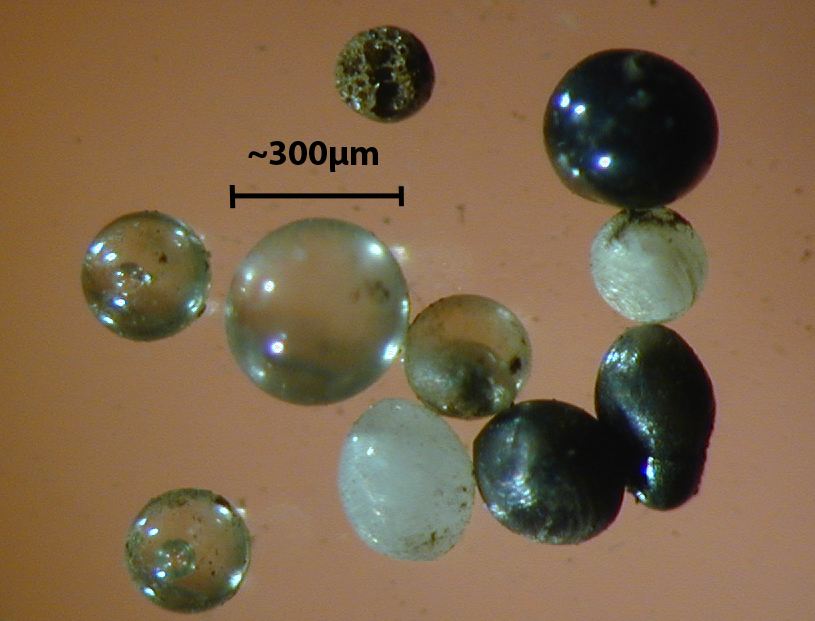
Space missions initially underestimated the threat of micrometeoroids—tiny particles moving at incredible speeds in space. Early satellites and spacecraft, such as the LEO satellites, reported unexpected damages. This realization led to the development of more resilient spacecraft shielding to protect from these high-velocity impacts.
The Moon’s Lack of a Magnetic Field
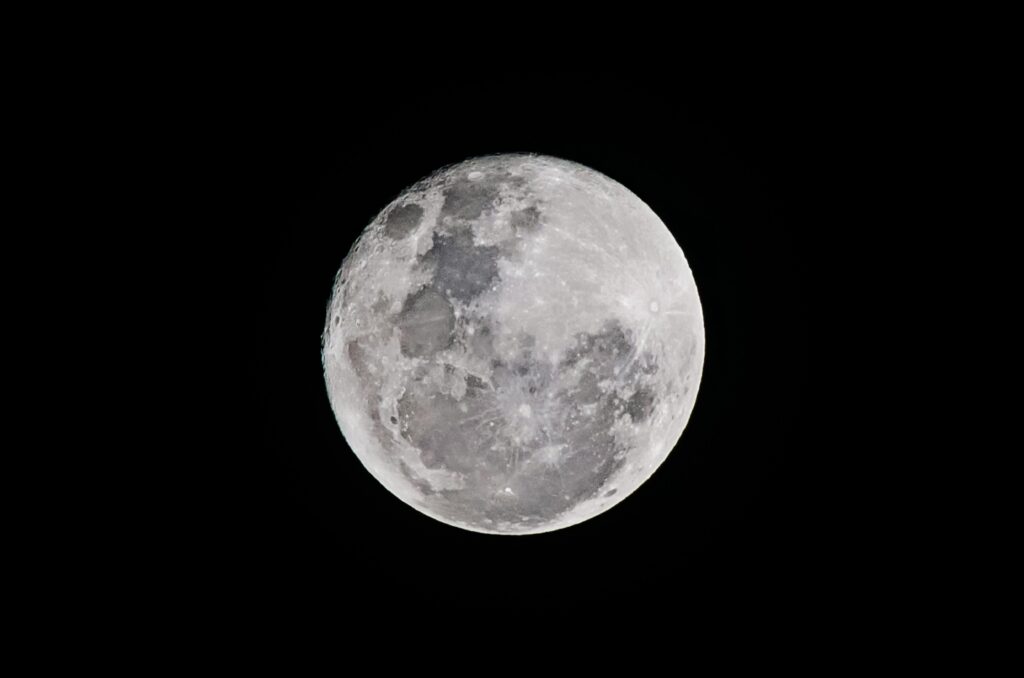
One surprising discovery from the Apollo missions was that the Moon lacks a strong magnetic field. Scientists had previously speculated that the Moon, like Earth, would have a magnetosphere, but lunar surface measurements revealed otherwise. This finding reshaped our understanding of the Moon’s core and its geologic history.
The Dark Side of the Moon Is Not Always Dark
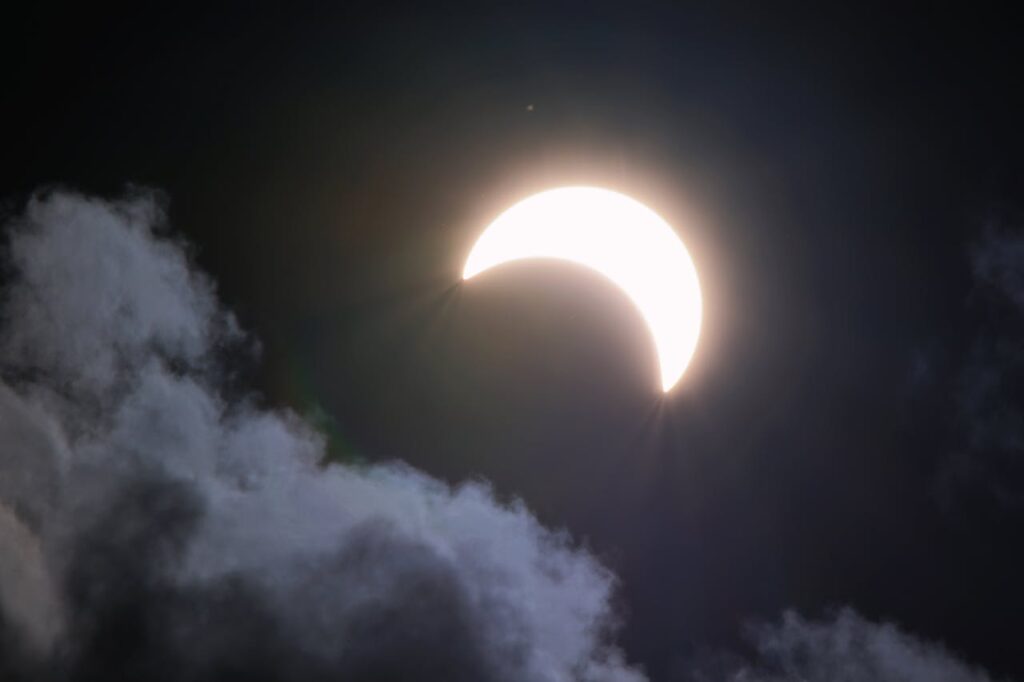
Contrary to popular belief, the far side of the Moon is not always in darkness. Early space exploration missions, such as Luna 3 in 1959, captured the first images of the far side of the Moon, revealing a landscape that experiences sunlight just like the near side. This debunked the myth that it was always shrouded in shadow.
Water Ice on the Moon
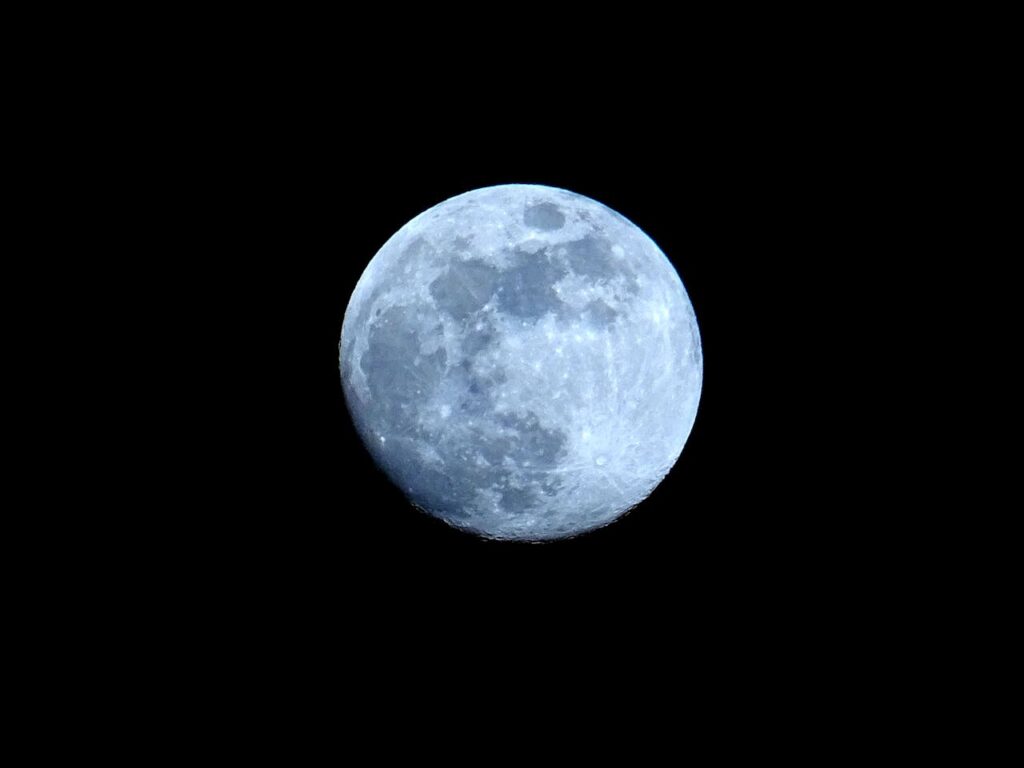
In the late 1990s, NASA’s Lunar Prospector found evidence of water ice in permanently shadowed craters at the Moon’s poles. This was an unexpected discovery since it was long thought that the Moon had no water. The ice is believed to have been deposited by comets or solar wind interactions and has major implications for future lunar colonies.
Cosmic Background Radiation
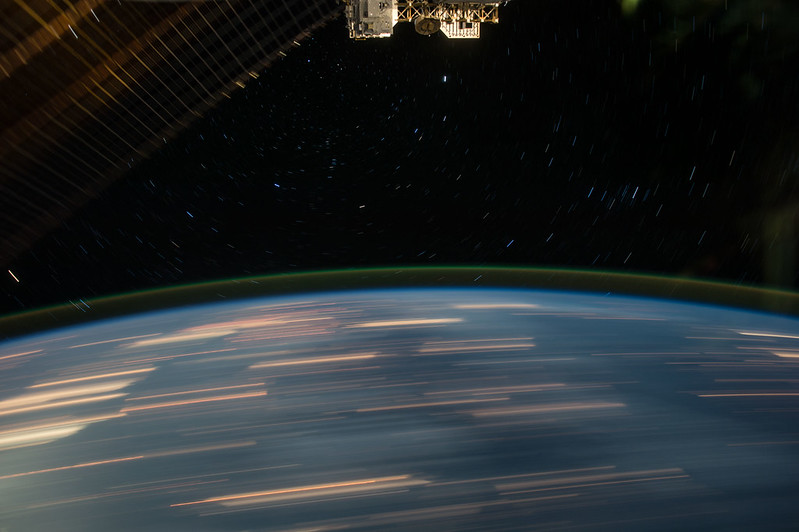
One of the most groundbreaking discoveries came from the 1960s when scientists accidentally discovered cosmic microwave background radiation. This relic radiation, a remnant from the Big Bang, was detected by the Bell Labs antenna, further confirming the theory of the universe’s origin and giving researchers insights into the early state of the cosmos.
The Silent Voyager Probes
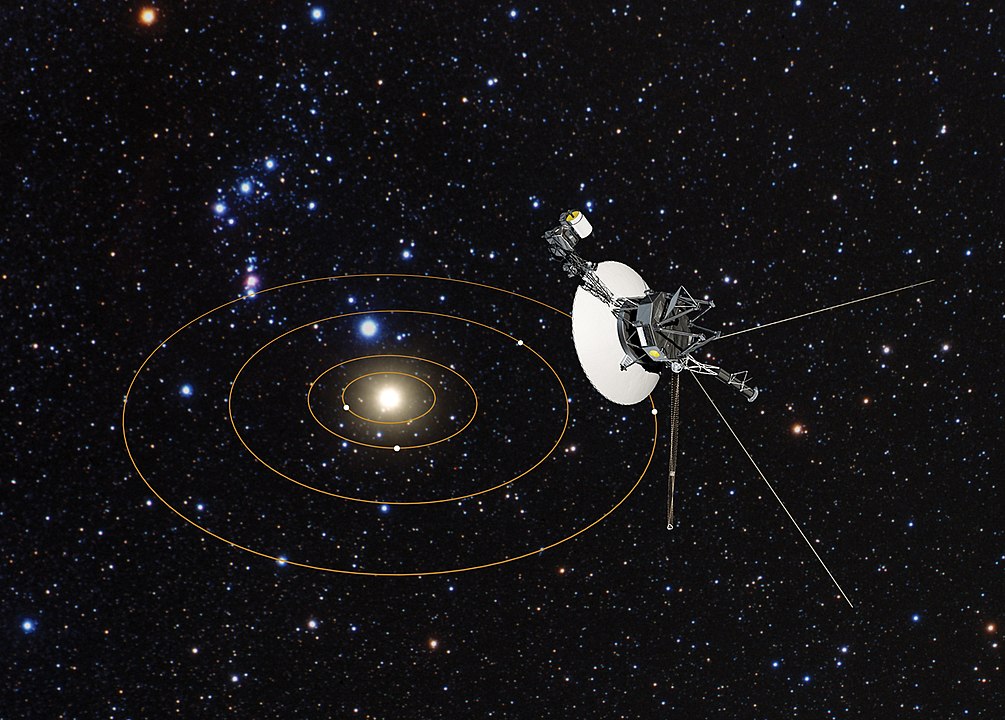
The Voyager 1 and 2 missions, launched in 1977, were designed to explore the outer planets but have since traveled beyond our solar system into interstellar space. One surprising discovery is how silent the space beyond our solar system is, with few signals and much less particle activity compared to the area inside the heliosphere, our Sun’s protective bubble.
Mariner 4’s Images of Mars
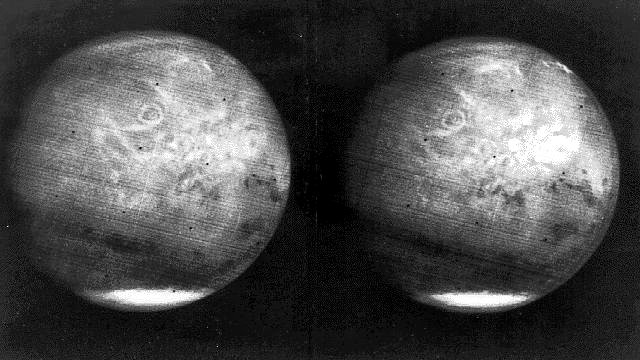
The Mariner 4 spacecraft in 1965 was the first to capture close-up images of Mars. The images were surprising because they showed a barren, cratered surface, far from the Earth-like planet some had hoped to find. This discovery shattered many expectations of finding Martian civilizations and focused future missions on understanding Mars’ geology and potential past habitability.
Solar Wind Discovery
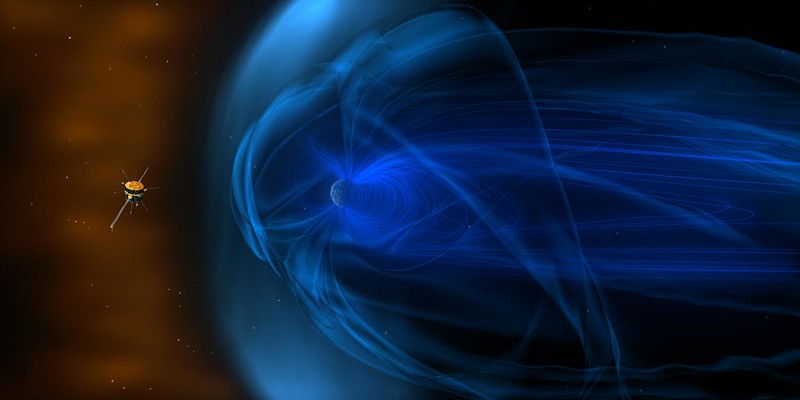
The detection of solar wind by the Soviet Luna 1 mission in 1959 was unexpected but vital. These streams of charged particles from the Sun interact with planets’ magnetic fields and atmospheres, affecting weather systems, satellites, and communications. This discovery led to more comprehensive studies of space weather, which is now critical for protecting modern technology.
The Moon’s Seismic Activity
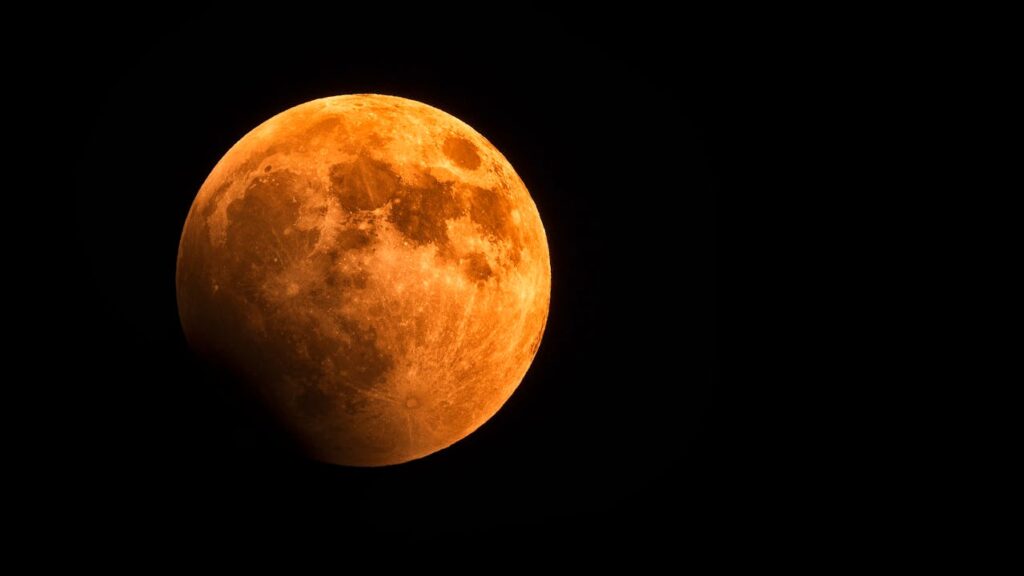
Apollo missions equipped the Moon with seismometers, revealing that the Moon experiences “moonquakes.” Unlike Earth, the Moon’s seismic activity is less frequent and weaker, yet it was a surprising discovery because the Moon was long thought to be geologically inactive. This data provides insights into the Moon’s internal structure.
Earth’s Protective Atmosphere
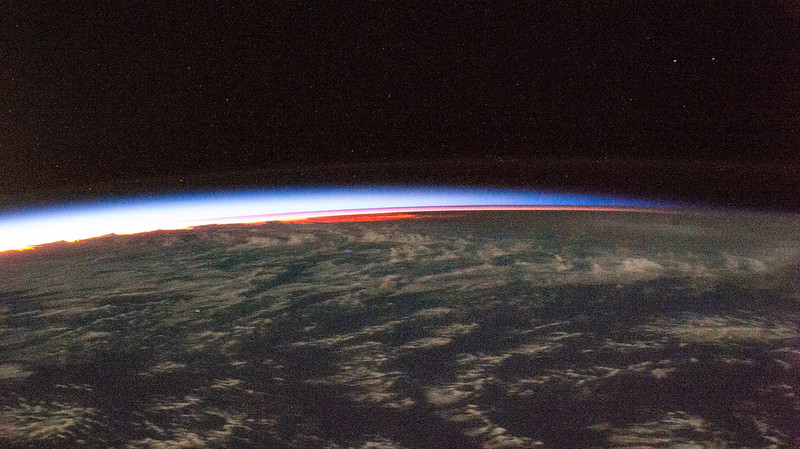
Early space exploration provided insights into how Earth’s atmosphere serves as a protective shield. Satellites observed that the atmosphere absorbs harmful cosmic rays and ultraviolet radiation, which would be deadly to life without this natural barrier. This realization underscored the importance of Earth’s atmospheric composition in sustaining life.
Venus’ Harsh Conditions
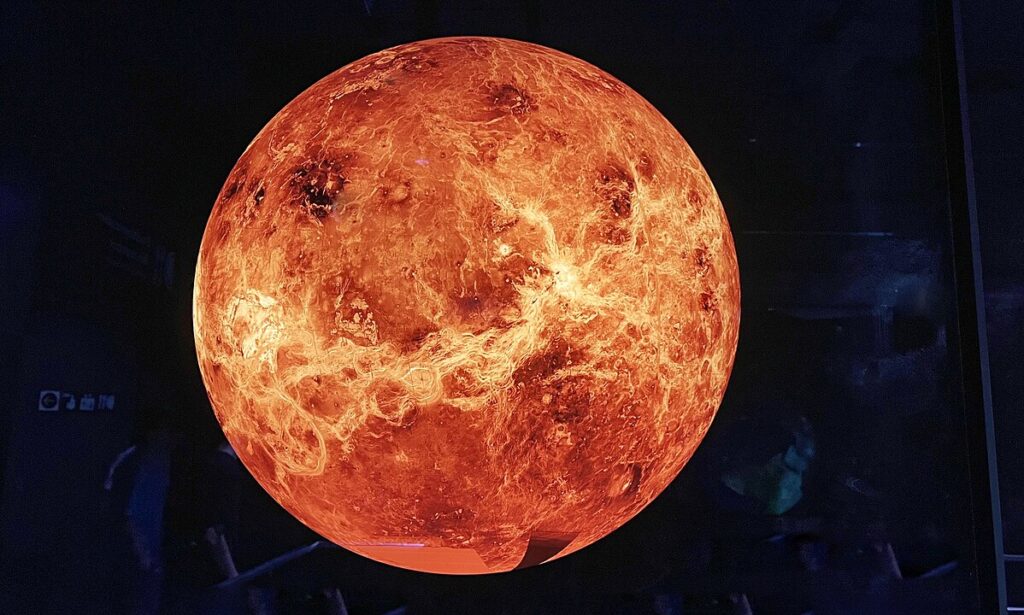
Before the Venera missions, some scientists speculated that Venus might have Earth-like conditions. The Soviet Venera probes sent back data from Venus’ surface in the 1960s and 70s, revealing scorching temperatures (over 460°C), extreme atmospheric pressure, and sulfuric acid clouds—far from the habitable world once imagined.
First Evidence of a Planetary Atmosphere Beyond Earth
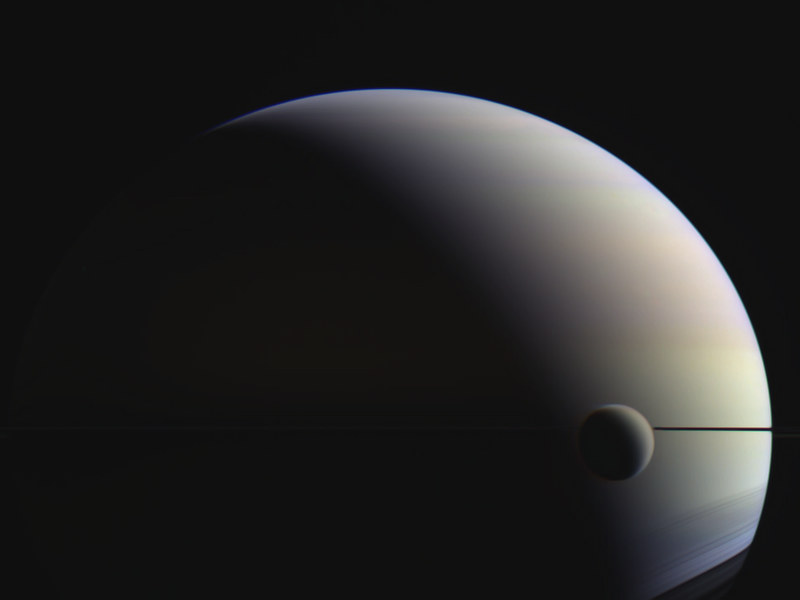
In 1979, NASA’s Pioneer 11 mission discovered that Titan, Saturn’s largest moon, had a thick nitrogen-rich atmosphere. This was the first detection of an atmosphere on a celestial body other than Earth, sparking interest in the possibility of life or prebiotic chemistry on other moons or planets.
Unexpected Martian Dust Storms
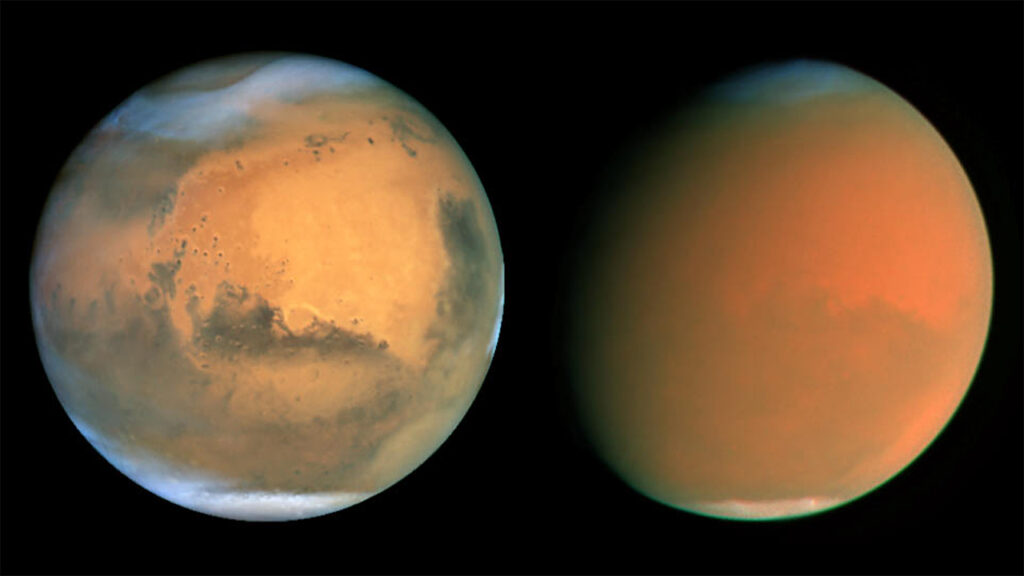
The Viking missions to Mars in the 1970s revealed intense dust storms on Mars that could cover the entire planet. This was surprising, as no one had predicted such large-scale atmospheric events on a seemingly calm planet. These storms can last for months and are a significant challenge for future Mars exploration.
Saturn’s Eccentric Rings
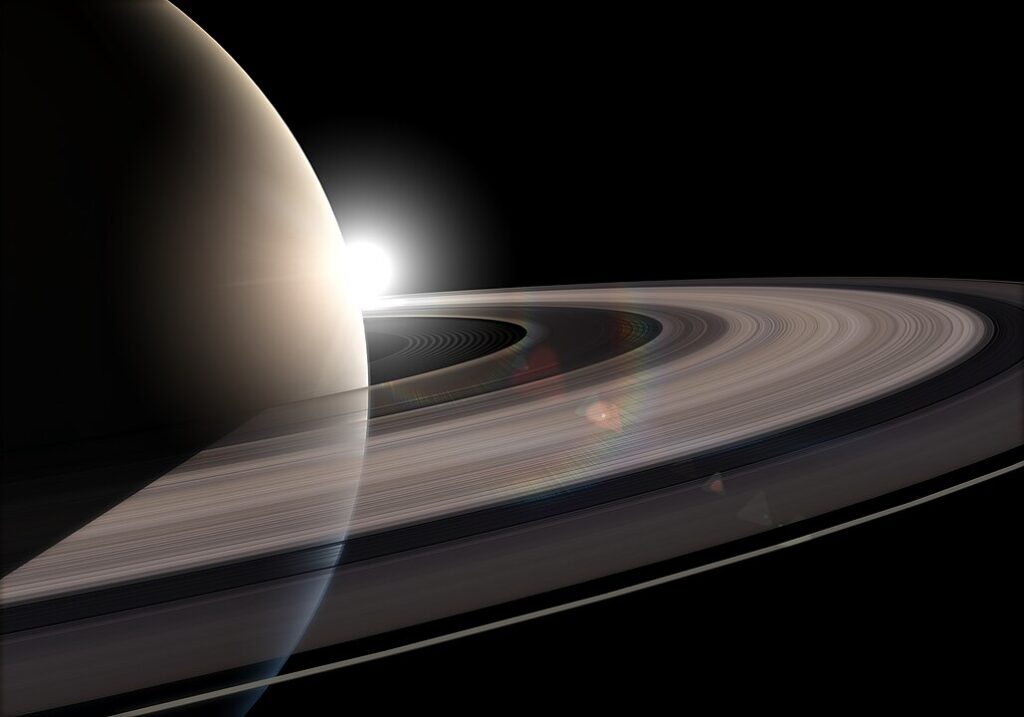
The Voyager missions revealed that Saturn’s rings were far more complex and dynamic than previously thought. Instead of uniform, static bands, the rings have intricate structures, including braids, spokes, and gaps caused by interactions with Saturn’s moons. These features are still studied today to understand their formation and evolution.
Jupiter’s Intense Radiation
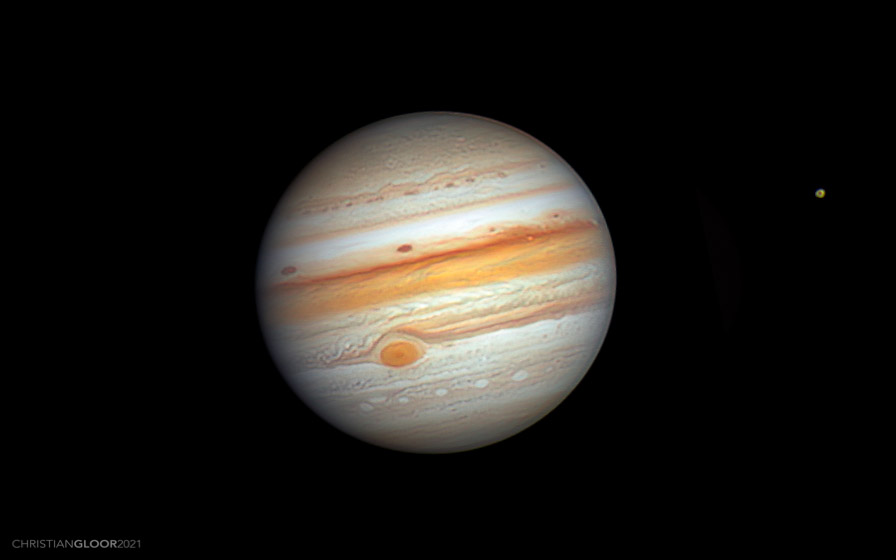
While Jupiter’s massive magnetic field was anticipated, the extreme levels of radiation in its vicinity were surprising. Spacecraft like Pioneer 10 and Galileo had to be carefully shielded to survive the intense radiation, and this discovery has implications for future manned missions to Jupiter or its moons.
The Great Red Spot’s Mysterious Origins
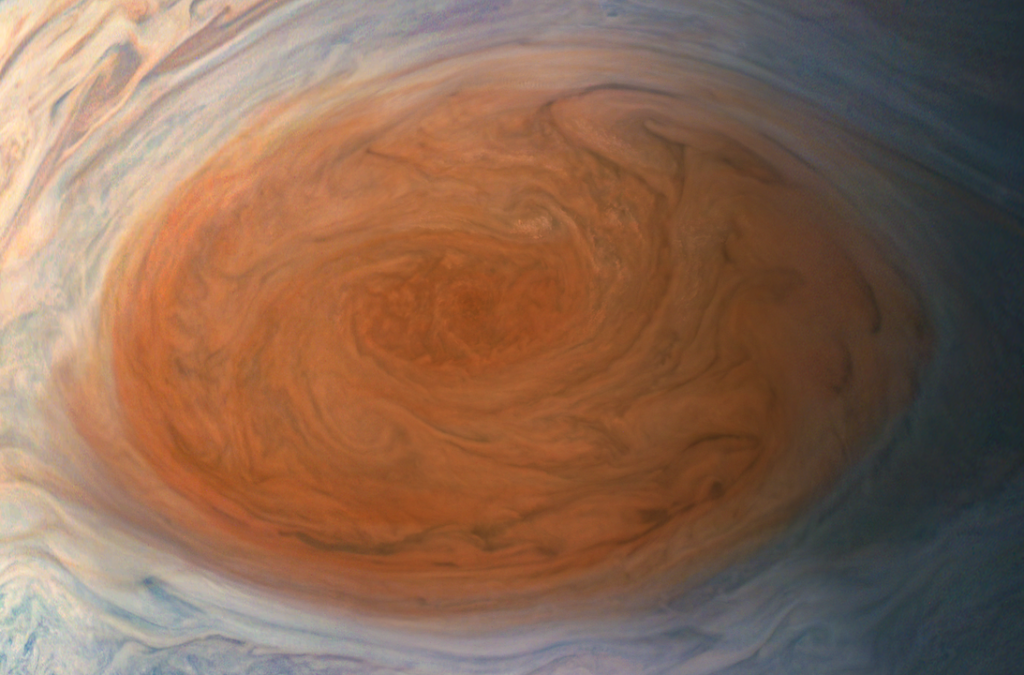
Jupiter’s Great Red Spot, a storm larger than Earth, was first observed in detail by early space probes. While the storm had been observed since the 1600s, missions like Voyager provided close-up views, showing it as a powerful, persistent storm system. Its continued existence and energy sources remain a mystery.
The Frozen Moons of Jupiter and Saturn
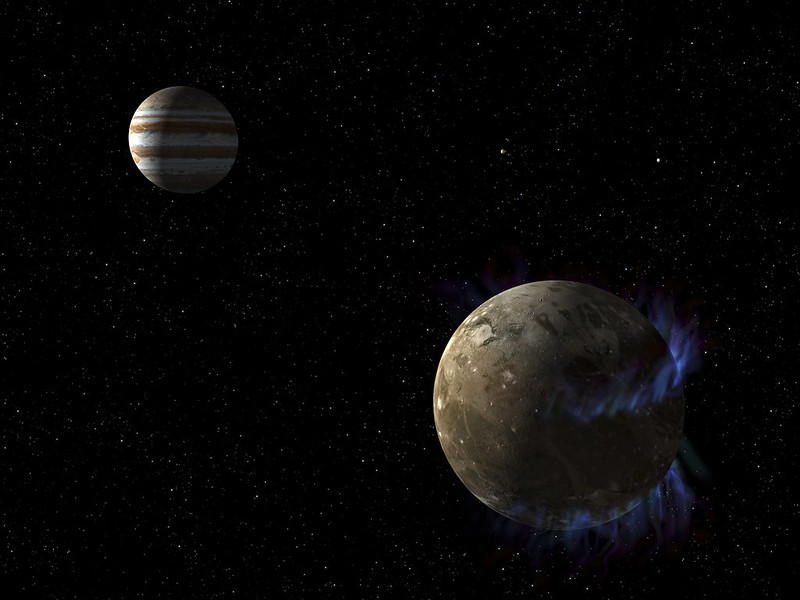
Surprising evidence from Galileo and Cassini missions suggested that moons like Europa, Ganymede, and Enceladus may harbor liquid oceans beneath their icy surfaces. These findings raised the possibility of life in these hidden oceans, making these moons prime candidates for future missions focused on astrobiology.
Mars’ Ancient Water Channels

Mars exploration missions, particularly by the Mars Global Surveyor and later rovers, revealed evidence of ancient river valleys and flood plains, suggesting that Mars once had flowing water on its surface. This surprising discovery transformed our understanding of Mars’ history and its potential to have supported life in the distant past.
Earth’s Thin Blue Line
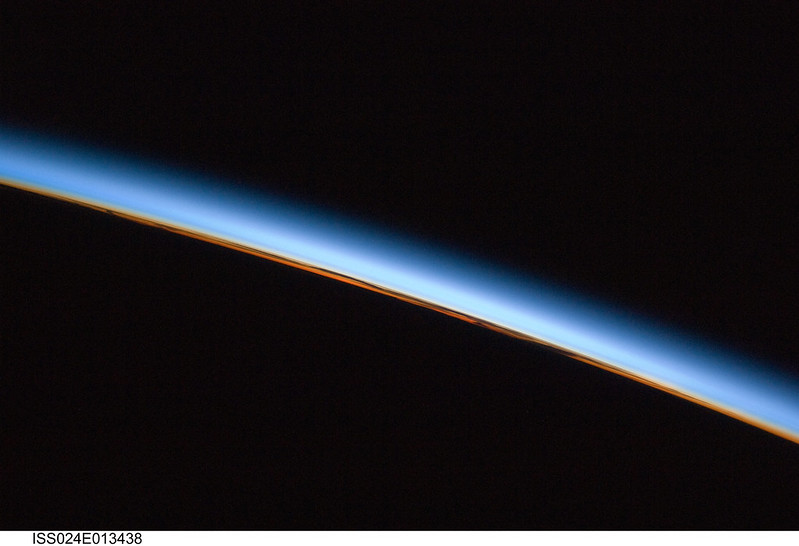
Perhaps one of the most profound discoveries made during early space exploration was the view of Earth from space. Photographs taken by Apollo astronauts showed the fragile thin layer of Earth’s atmosphere, often referred to as the “thin blue line.” This image emphasized Earth’s vulnerability and the need to protect its environment, spurring environmental movements worldwide.
This article originally appeared on UnifyCosmos.
More from UnifyCosmos
20 Common Mistakes to Dodge When Buying a New Home

This article highlights key pitfalls to watch out for, ensuring a smoother, smarter home-buying experience. Read on to make informed decisions and secure your dream home with confidence. Read more!
20 Common Cooking Errors That Could Ruin Your Dish

By avoiding these pitfalls, you can elevate your meals and enjoy better results in the kitchen. Let’s explore some common cooking errors you should stop making. Read more!
17 Wardrobe Essentials for Effortless Business Casual Outfits

With the right wardrobe essentials, you can effortlessly achieve a polished look that’s appropriate for any office setting. Read more!
Leave a Reply